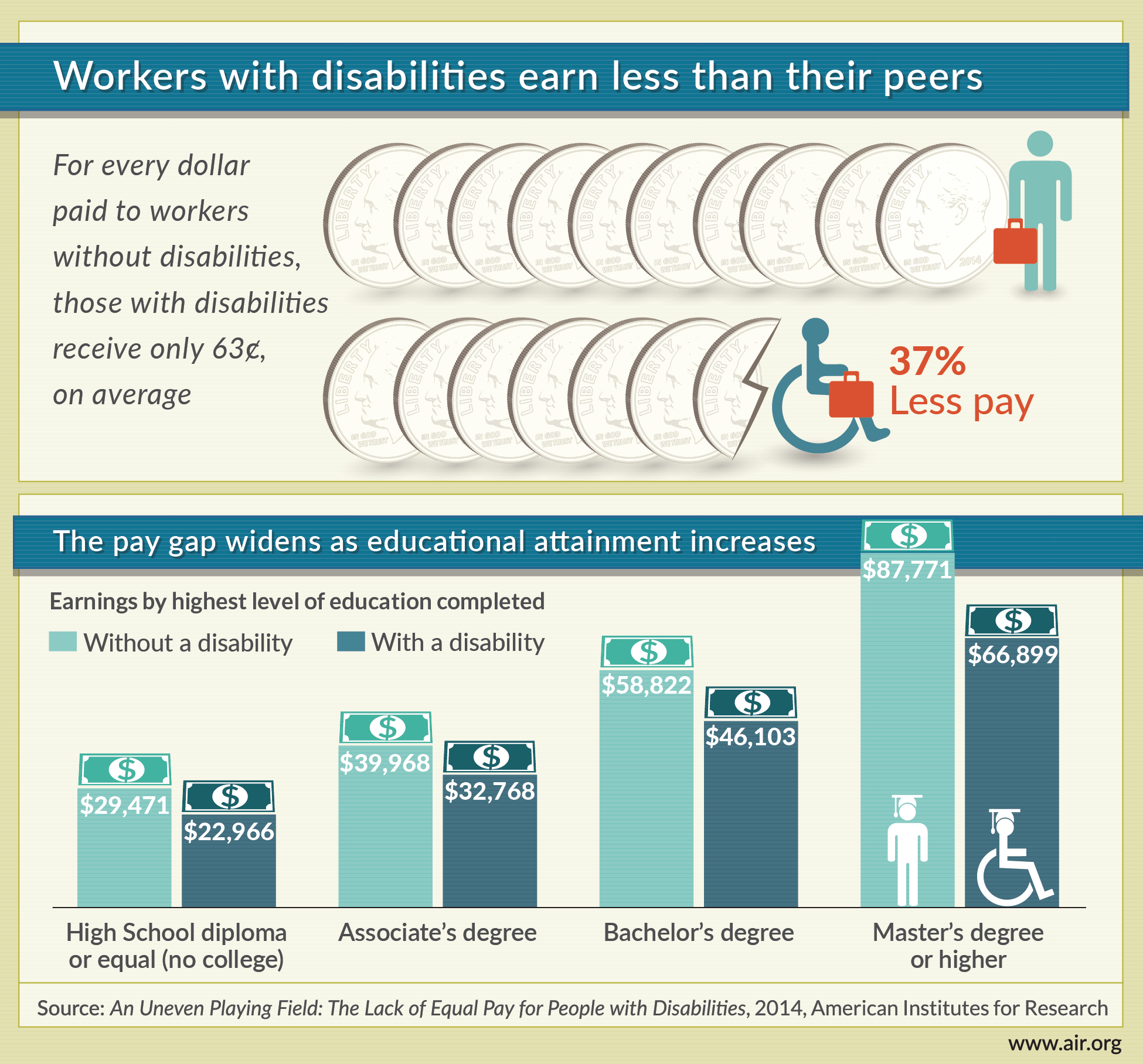I find the view of people with disabilities in society as a very complex concept. PPAT is the second class I have taken that explores the different opinions groups of people have on disability and what it means to be a person with a disability in our modern world. The other class that delved into this exploration was bioethics. Before I entered into the bioethics class, I definitely viewed disability as a negative thing – as a problem that someone has that ideally should be fixed as soon as possible. After reading many papers in the bioethics class and even the initial papers in the PPAT class, it’s clear that not all people hold that same sentiment. Some people believe their disabilities are a part of who they are and they don’t wish to be changed, or for example they don’t want their child to receive a hearing aid at birth because they want their child to be primarily part of the deaf culture. Others just feel like being different is not better or worse. It is therefore also difficult sometimes to communicate about disability because you have to be careful to keep all these different perspectives in mind. I personally align more with the idea that for those who want, science and engineering should work to create “fixes” for disabilities – for example better hearing aids and vision enhancement – but I am now much more sensitive to understanding that many people don’t want to be viewed as needing “fixing,” and it’s more about providing people with disability a way to make their life easier than to inherently repair anything about them.
Blog by Riana Hoagland

